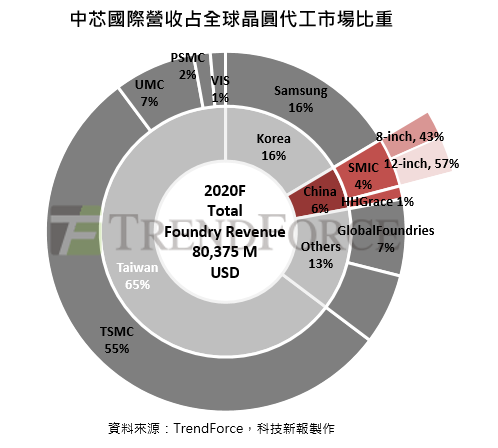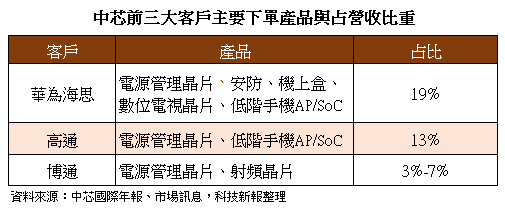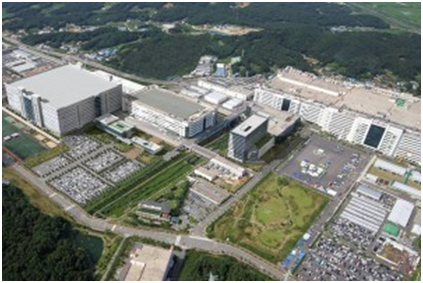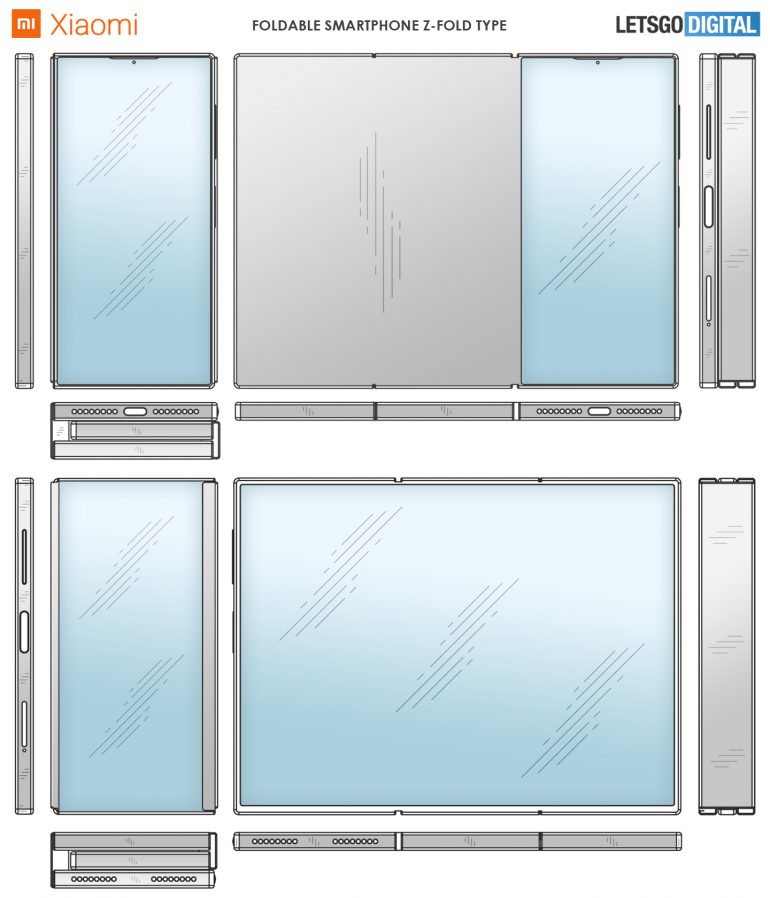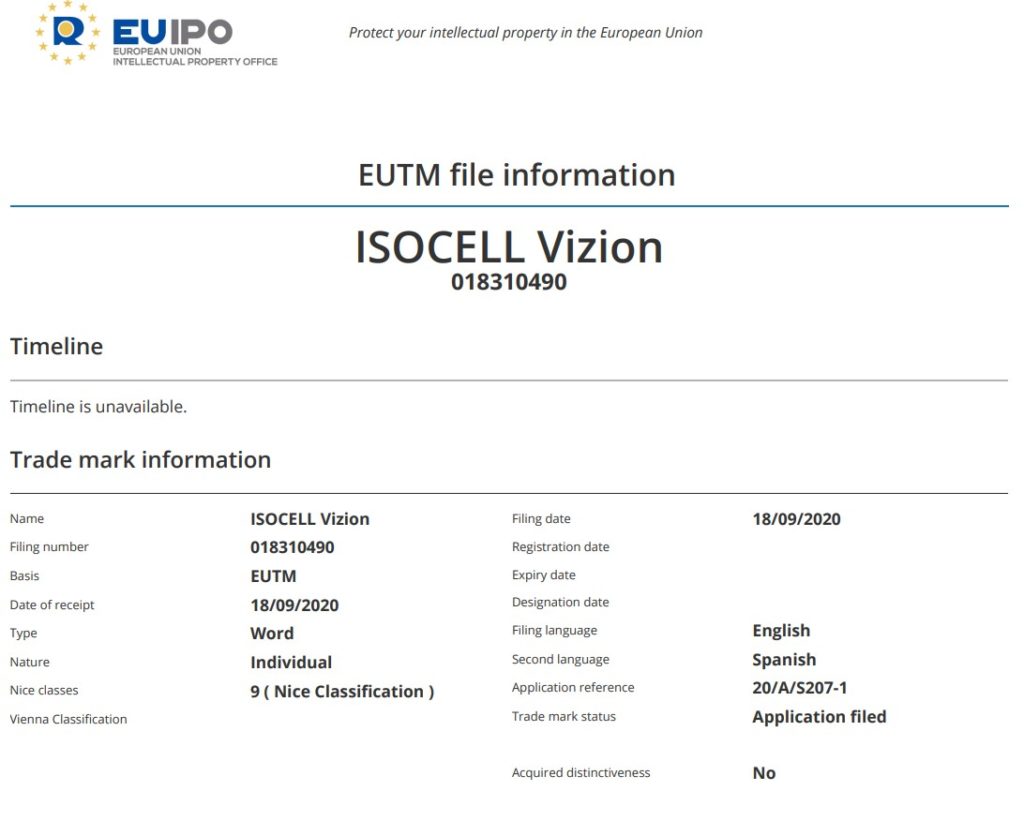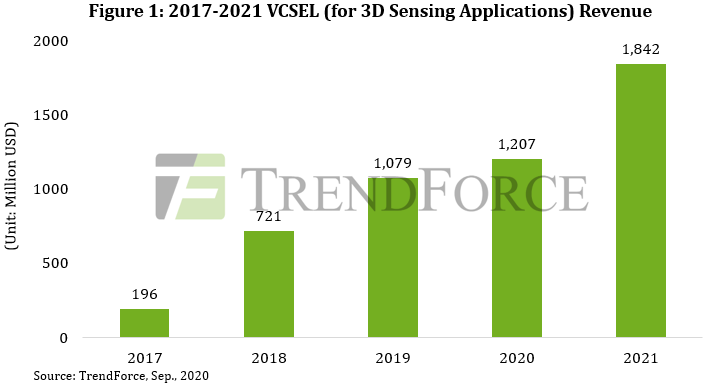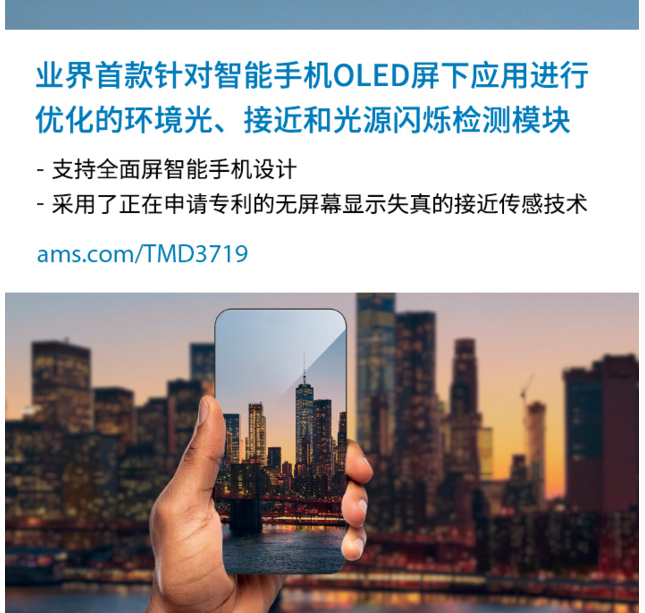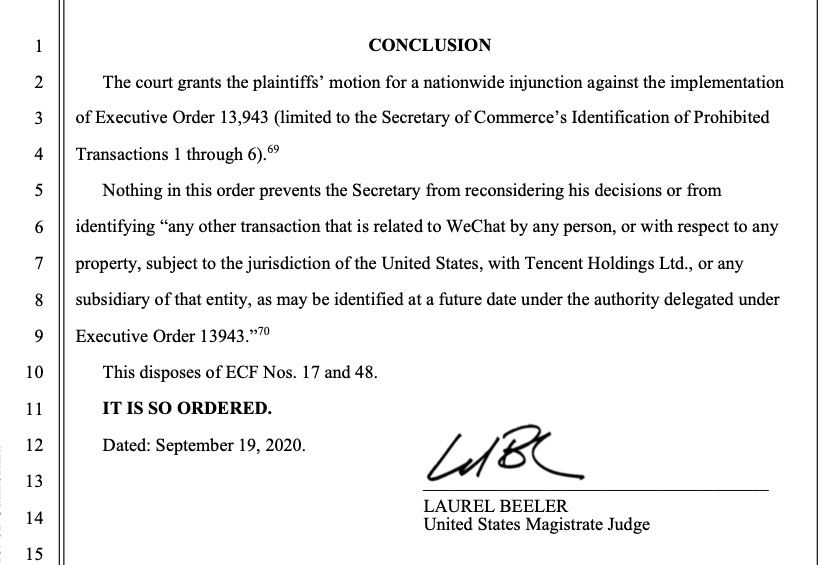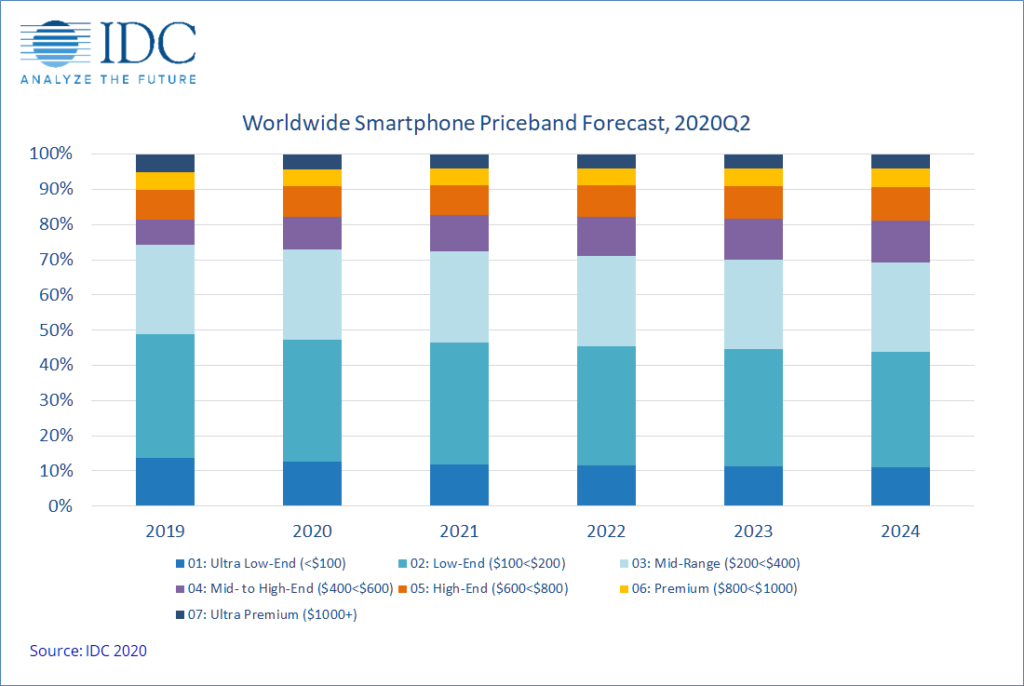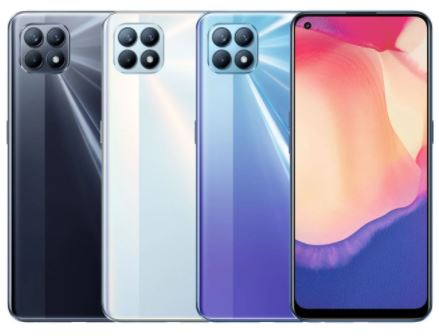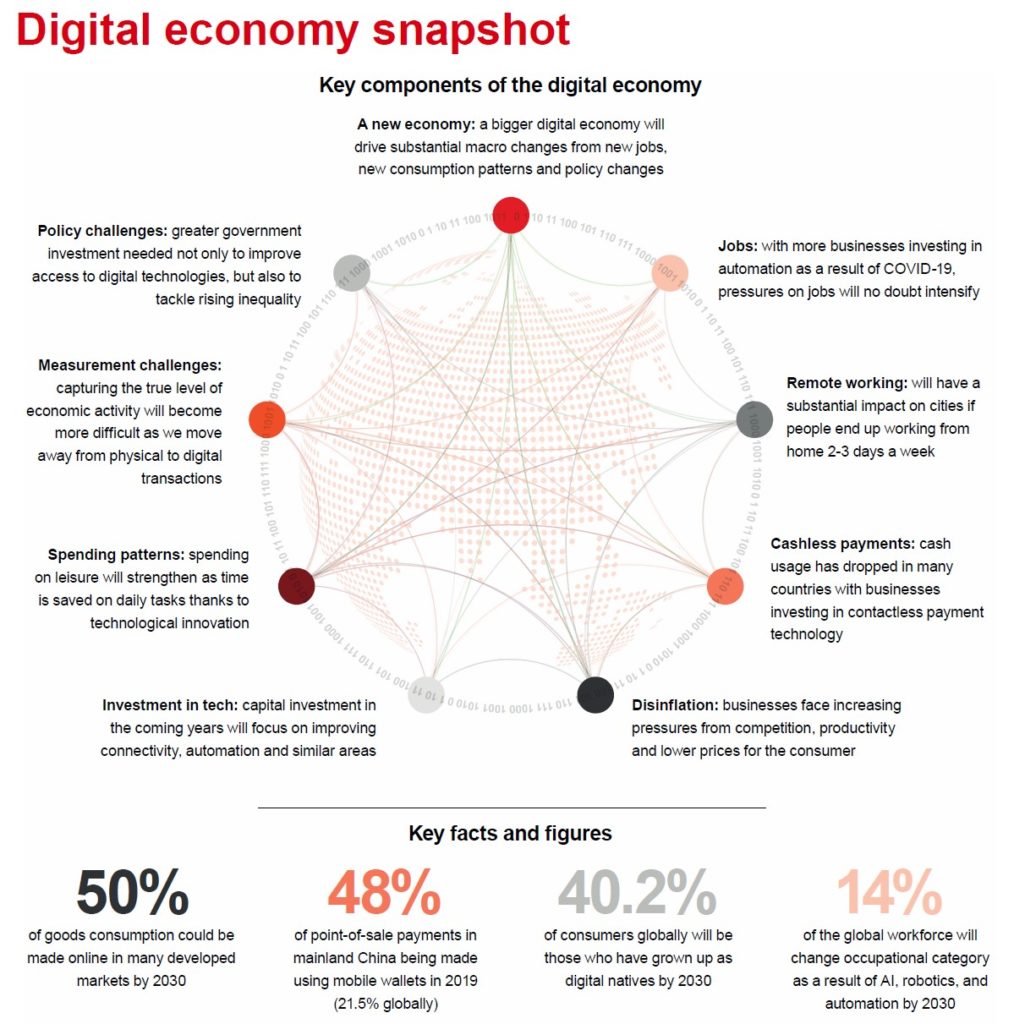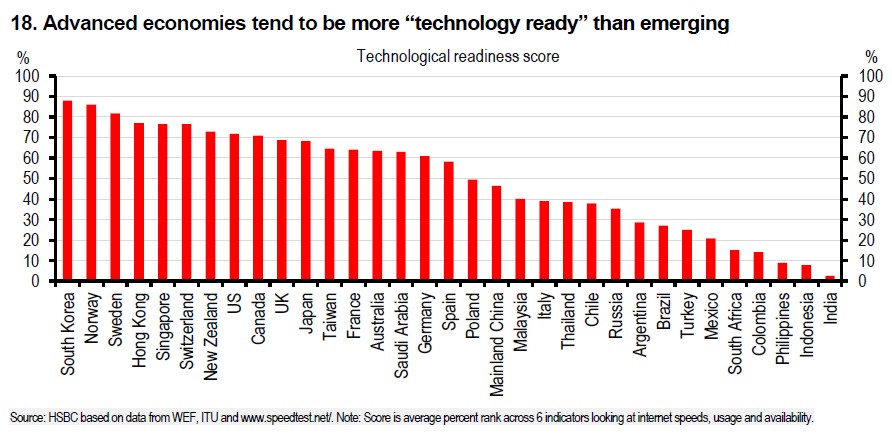
9-22 #Superheroes: Qualcomm reportedly is trying to shift orders to SMIC to other manufacturers; LGD has begun expanding plastic OLED production facilities in its Paju campus; Samsung has named the trademark “ISOCELL Vizion”; etc.
Apple is rumored to obtain 10M A14 chips in 3Q20 and 70M in 4Q20, but the production and assembly will lag behind the chips by a few weeks. It is estimated that Apple will produce about 70M iPhone 12 in 2020. The probability of the price of Apple iPhone 12 remains the same as in 2019 is very low, because the BOM cost of will increase by nearly USD50 in 2020. (My Drivers, CN Beta)
Taiwan’s foundries including TSMC, United Microelectronics (UMC) and Vanguard International Semiconductor (VIS) are all being approached by Qualcomm’s executives for the potential orders shift from China’s Semiconductor Manufacturing International (SMIC). Qualcomm has contracted SMIC to fabricate power management chips using 0.18-micron process technology, and handset application processors and SoCs using 28nm and 14nm processes. (Digitimes, press, TechNews, IT Home, SMIC)
LG Display (LGD) has begun expanding plastic OLED production facilities in its Paju campus to ramp up supply to Apple. LGD has decided to expand E6-3 Line in Paju, which produces OLEDs for small and medium-sized panels. It has recently started placing equipment orders on Korean and foreign vendors. LGD is expected to invest about KRW1.5T (USD1.28B) into E6-3 Line. (Laoyaoba, Business Korea)
Xiaomi has filed a patent with a new smartphone featuring a sliding mechanism that is built into its flexible display, which wraps around the body of the handset. The display of the patented smartphone covers the front and only 75% of the rear portion that wraps around the device from the bottom. (Android Authority, Gizmo China, Windows United)
Xiaomi has filed a foldable phone patent that would fold in a Z shape. When unfolded, users can take advantage of a display that is three times its normal size. Part of this display also constitutes the phone’s back when in folded mode. (Android Authority, LetsGoDigital)
According to TF Securities analyst Ming-Chi Kuo, Apple’s suppliers for mini-LED display chips will accelerate the company’s adoption of the advanced technology in its iPad and MacBook lineups. He says that while Epistar has been predicted to be the exclusive supplier of mini-LED chips for Apple products in 2021, Sanan Optoelectronics has experienced better than expected development on the technology and will also begin supplying Apple in 2021 rather than the previously estimated timeframe of 2022. (Phone Arena, Mac Rumors, Laoyaoba, TF Securities)
Samsung has named the trademark “ISOCELL Vizion” and it is classified under Class 9, which is exclusive to ToF(Time of flight) optical sensors for smartphones, 3D modeling, and measurement with ToF. Additionally, the class also includes Dynamic Vision Sensors (DVS) for detecting shape, proximity, movement, color, and behavior of objects. (GizChina, LetsGoDigital, Gizmo China, GSM Arena)
In early 2020, TrendForce forecasted the release of more than 10 high-end smartphone models equipped with 3D sensing solutions in 2020, which would drive up 3D sensing VCSEL revenue to USD1.404B. However, as the COVID-19 pandemic put a damper on global smartphone shipment, and the Indian consumer market exhibited strong demand for entry-level and mid-range smartphone models, smartphone brand vendors have subsequently slowed down their pace of integrating 3D sensing solutions into high-end models. TrendForce is revising its forecasted 3D sensing VCSEL (for mobile devices including smartphones and tablets) revenue down to USD1.207B for 2020, a 12% increase YoY. (Laoyaoba, TrendForce, TrendForce)
Ams has released the industry’s first light-sensing / proximity / light source flicker detection sensor module optimized for OLED screen applications of smartphones—TMD3719. By providing a complete solution for ‘Behind OLED’ (BOLED) optical sensing, the TMD3719 enables to move sensors normally found in the bezel behind the OLED screen. (Yahoo, EE World, GizChina, Business Wire, ams)
Taiwan-based PCB makers APCB and Apex International, both with manufacturing operations in Thailand, are expected to enjoy new business opportunities arising from Korean makers of DRAM modules relocating production from China to Southeast Asia, according to Digitimes. Korean memory makers relocating production to Thailand is partly driven by much lower production costs there, and partly by their determination to build supply chain in Southeast Asia in line with the development of China and non-China ecosystems, especially for datacenter server and networking components. (Digitimes, press)
Ericsson, Qualcomm and U.S. Cellular have announced that the companies have successfully achieved the first extended range 5G NR millimeter Wave (mmWave) data call in the U.S. on a commercial network. The extended-range data call milestone was completed in Janesville, Wisconsin, over a more than 5km distance with speeds greater than 100Mbps.(Laoyaoba, Ericsson, Fierce Wireless)
A judge in California has blocked the Commerce Department’s ban on new downloads of China-based messaging app WeChat. US Magistrate Judge Laurel Beeler has said in her order that WeChat users showed “serious questions going to the merits of the First Amendment claim, the balance of hardships tips in the plaintiffs’ favor”. (The Verge, The Verge, Reuters, Sina, RFI)
Economic uncertainties have increased the downward pressure on smartphone prices globally with 73% of shipments in 2020 expected to be priced below USD400, according to a new price band forecast from IDC. Worldwide smartphone value is expected to decline 7.9% in 2020 to USD422.4B, down from USD458.5B in 2019. The downward trend is intensified by consumers turning to devices priced in the low-to-mid range as they prioritize spending on essentials. Overall, the low-to-mid end segment (USD100<400) dominated global smartphone shipments with 60% market share in 2Q20 and is expected to grow in the short term to 63% by 2021. (IDC, Gizmo China)
VinSmart Aris Pro is launched in Vietnam featuring camera under display technology – 6.39” FHD+ AMOLED, Qualcomm Snapdragon 730, rear quad 64MP-8MP ultrawide-8MP telephoto 2x optical zoom-2MP macro + front 20MP camera under display, 8+128GB, Android 10.0, fingerprint on display, 4000mAh 18W, VND9,990,000 (USD431). (Gizmo China, Thanh Nien, Vietnam News)
OPPO Reno4 SE 5G is announced in China – 6.43” 1080×2400 FHD+ AMOLED HiD, MediaTek Dimensity 720, rear tri 48MP-8MP ultrawide-2MP macro + front 32MP, 8+128 / 8+256GB, Android 10.0, fingerprint on display, 4300mAh 65W, CNY2,499 (USD369) / CNY2,799 (USD413). (CN Beta, Gizmo China)
realme C17 is official in Bangladesh – 6.517” 720×1600 HD+ HiD 90Hz, Qualcomm Snapdragon 460, rear quad 13MP-8MP 119º ultrawide-2MP macro-2MP depth + front 8MP, 6+128GB, Android 10.0, rear fingerprint scanner, 5000mAh 18W, BDT15,990 (USD190). (GSM Arena, GizChina)
realme Narzo 20A, Narzo 20 and Narzo 20 Pro are announced in India: Narzo 20A – 6.517” 720×1600 HD+ v-notch, Qualcomm Snapdragon 665, rear tri 12MP-2MP mono-2MP “retro lens” + front 8MP, 3+32 / 4+64GB, Android 10.0, rear fingerprint, 5000mAh 10W, INR8,499 (USD115) / INR9,499 (USD130). Narzo 20 – 6.517” 720×1600 HD+ v-notch, MediaTek Helio G85, rear tri 48MP-8MP 119º ultrawide-2MP macro +front 8MP, 4+64 / 4+128GB, Android 10.0, rear fingerprint scanner, 6000mAh 18W, reverse charging, INR10,499 (USD145) / INR11,499 (USD155). Narzo 20 Pro – 6.5” 1080×2400 FHD+ HiD 90Hz, rear quad 48MP-8MP ultrawide-2MP macro-2MP depth + front 16MP, 6+64 / 8+128GB, Android 10.0, side fingerprint scanner, 4500mAh 65W, INR14,999 (USD205) / INR16,999 (USD230). (GSM Arena, Indian Express, NDTV)
HSBC estimates that roughly 50% of goods consumption could easily be made online in many developed markets by 2030. The UK pointed the way ahead at the peak of the pandemic, when a third of retail sales were online. How close we get to the 50% number will vary by country, and while it does imply a big change in consumer habits, it is worth remembering that a decade ago we used to buy flights in shops. A lot can change in 10 years. On the production side, HSBC expects more businesses to invest in automation in the coming years − both to save costs and to make social distancing easier. The falling cost of industrial and service robots means that we could see the number of industrial robots rise fourfold by 2030. (HSBC report)
While mobile phone adoption has risen sharply across the emerging world in recent years, most emerging market countries do not have home broadband or the ability to use the internet at home in a way suitable for teleworking to anywhere near the degree of that of the developed world. HSBC has produced their own measure of technology readiness across a broader range of countries using data from the World Economic Forum, ITU and www.speedtest.net. They then ranked them according to their average score on six measures of availability of internet connections and internet speeds to provide a score for technology readiness. It shows Korea and Norway at the top and India and Indonesia at the bottom. (HSBC report)


